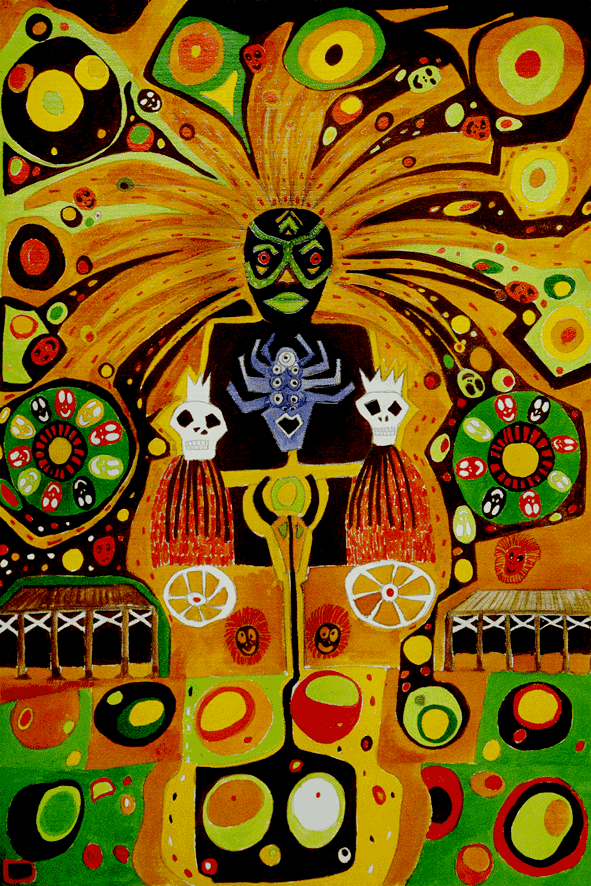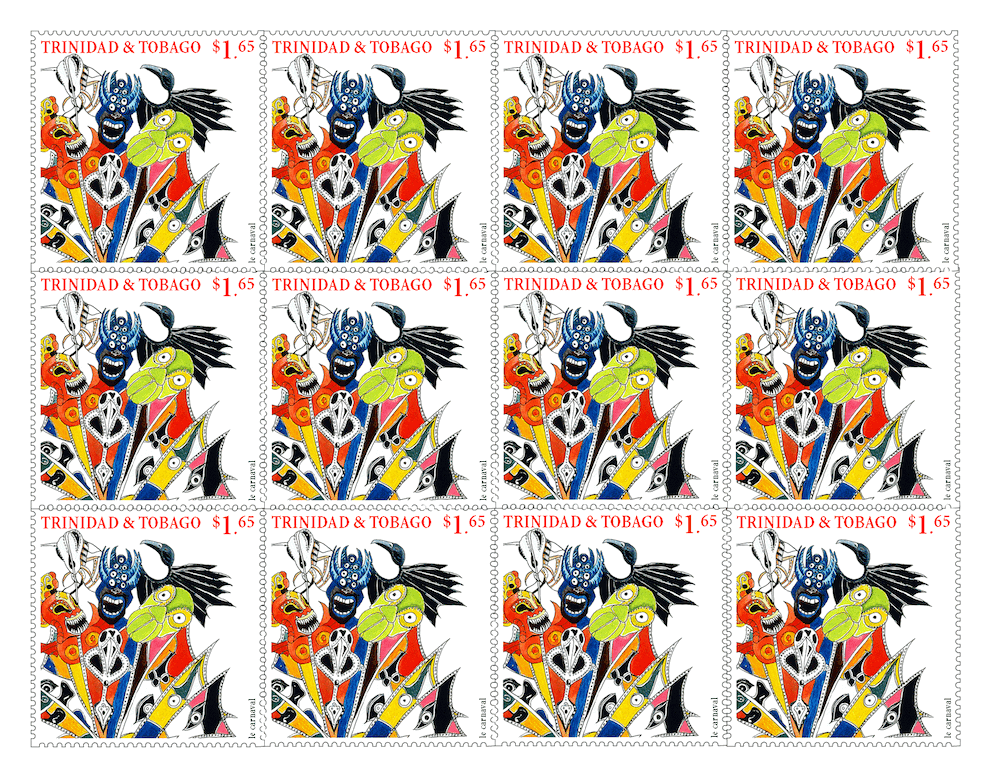The Art of Temaris...
The art of embroidering the surface of a ball
It's that dates back to the eighth century the fascinating history of this craft technique, at a time when Japan imported from China a ball game called Kemari. ( ' Ke ' 'meaning tap with the foot).
The nobles of the imperial court were playing this game with a ball, then buckskin. It is not known with certainty the time when ball games definitely made part of popular culture, but we know that the fourteenth to the sixteenth century, jugglers juggling balls used in the street.
It is at this time that appears the Temaris in their current form .
The servants of the ladies of the samurai competed dexterity in making embroidered with silk thread on balls. When the daughter of the lord of the clan got married, the journey was long and difficult until she reaches her husband residence.
To pass the time she carried with her the work of temari.
A work which brought her some comfort from the ordeal of separation from her family.
The temari, luxurious crafts were offered to celebrate important events such as births, Birthdays or weddings. Originally, the art of temari was therefore reserved for the upper classes, only able to procure the necessary materials. In the nineteenth century, the use of cotton spread in other classes, promoting the development of technology.
The Temari finished and embroidered was often aimed at young girls, who played with these balls for games.
In southern Japan were granted magical virtues temari ...
Generally the temari uses geometric paths. How to embroider also differ from one region to another. The long silk son were not accessible to the lower classes, who were content to attach butt shorter son to bring them to the desired length. The number of possible designs is almost infinite.
In early twentieth century, the appearance of the rubber ball marked the decline of the art of Temari, which however had a revival over the past twenty years. It describes the temari as "the art of embroidering the surface of a ball ."
'' Te '' means hand and '' Mari '' : ball.
Drawing realized entirely by hand, pencil, and ink aquaqrelle, 95cm/95cm






